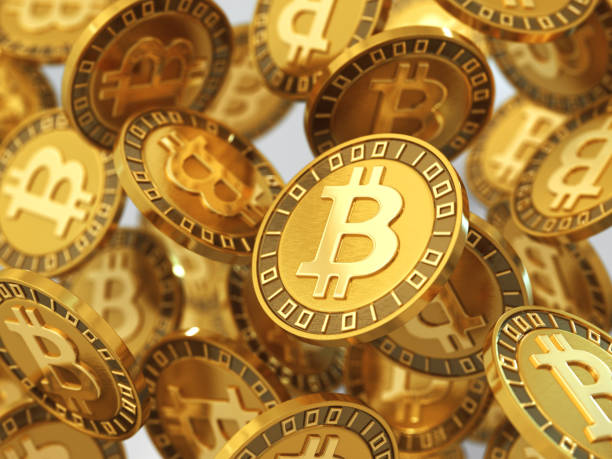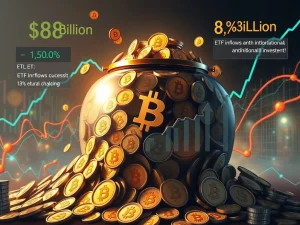What Is a Bitcoin Mine and How Can It Function?

In the consistently developing universe of cryptographic forms of money, Bitcoin remains the most prominent digital cash. Central to the Bitcoin environment is the idea of a Bitcoin mine. Be that as it may, what exactly is a Bitcoin mine, and how can it work? This article digs into the fascinating universe of Bitcoin mining, explaining its motivation, cycles, and significance.
Understanding Bitcoin Mining
At its center, a Bitcoin mine is not a physical location yet rather a metaphorical term for the most common way of creating new Bitcoin and confirming transactions on the blockchain. Bitcoin mining includes taking care of mind boggling mathematical issues utilizing computational power. The interaction guarantees the security and functionality of the Bitcoin organization.
How Does Bitcoin Mining Function?
Bitcoin mining is carried out by specialized PCs known as mining rigs. These apparatuses carry out the accompanying roles:
Transaction Verification:
Miners validate transactions by gathering them into blocks.
Each block is added to the Bitcoin blockchain, a public record.
Taking care of Mathematical Issues:
Miners tackle cryptographic riddles to view as a novel “hash” that satisfies explicit criteria.
This interaction, known as evidence of-work, requires significant computational power.
Rewards:
The primary miner to settle the riddle is rewarded with recently created Bitcoin and transaction charges.
This reward mechanism boosts miners to maintain the organization.
The Job of Mining Farms
A Bitcoin mine frequently alludes to a mining farm — a large facility furnished with columns of mining rigs. These farms are strategically located in areas with low power costs and productive cooling frameworks, as mining consumes substantial energy.
Importance of Bitcoin Mining
Bitcoin digging is crucial because of multiple factors:
Network Security:
It are secure and immutable to Mine guarantees that transactions.
The decentralized nature of mining forestalls fraud and twofold spending.
Bitcoin Supply:
Mining controls the release of new Bitcoin into circulation.
The total inventory of Bitcoin is capped at 21 million, making it a deflationary asset.
Decentralization:
Mining maintains the decentralized design of the Bitcoin organization, eliminating the requirement for intermediaries.
Challenges of Bitcoin Mining
While mining offers rewards, it accompanies challenges:
High Energy Utilization:
Mining requires vast amounts of power, raising environmental worries.
Costly Hardware:
Specialized mining rigs are exorbitant and should be regularly upgraded.
Increasing Trouble:
The Bitcoin algorithm adjusts the trouble of riddles based on the organization’s mining power, making it harder to mine over the long run.
End
All in all, what is a Bitcoin mine? It is the backbone of the Bitcoin organization, enabling secure transactions and the creation of new Bitcoin. As mining innovation develops, it keeps on playing a pivotal job in the digital money biological system. Be that as it may, the challenges of energy utilization and cost proficiency highlight the requirement for sustainable practices in the mining business.









